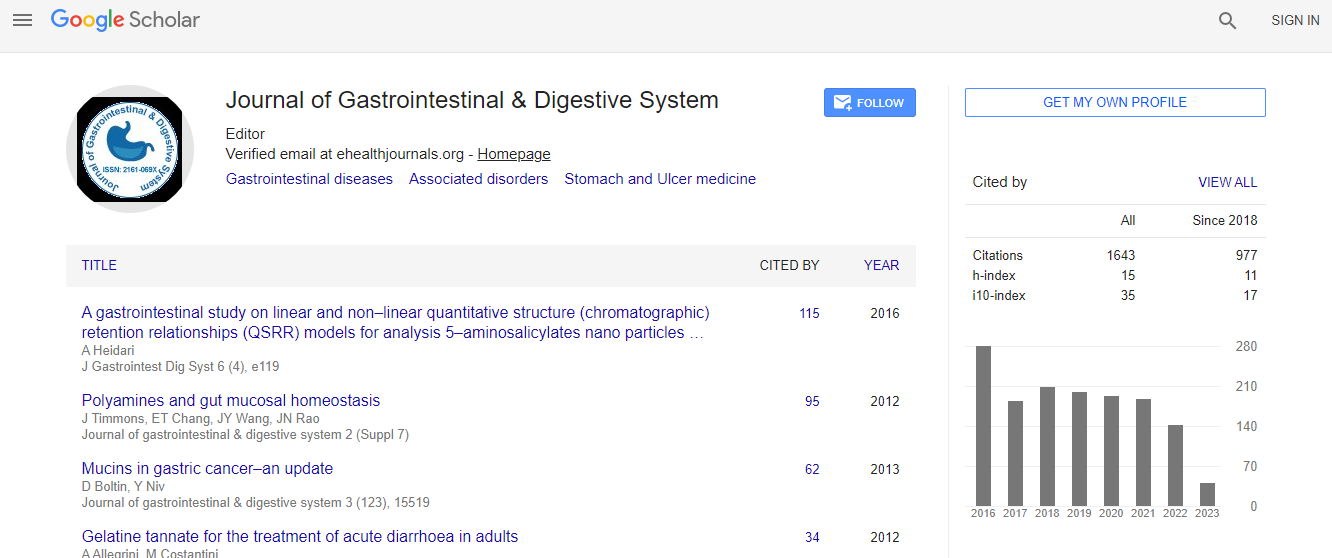The Lollipop Sign: A Revealer of Hepatic Epithelioid Hemangioendothelioma: A Diagnosis not to be Missed
Abstract
The lollipop sign was described in 2006 by Alomari et al. who thought that lollipop sign was a characteristic finding of Hepatic Epithelioid Hemangioendothelioma (HEHE) [1]. The lollipop sign represents hepatic portal vein or and their tributaries branches tapering and terminating at or just within the edge of a well-defined peripherally enhancing or non-enhancing lesion with an avascular core on CT or MRI Images [2]. The sign is a combination of the two structures, the hypodense or hypointense well defined tumor mass on enhanced CT or MRI images (the candy in the lollipop or target-like appearance) and the histologically occluded vein (stick) [3]. We found on abdominal CT scan this typical radiological sign indicating of Hepatic Epithelioid Hemangioendothelioma (HEHE) to a case of 25-year-old young woman with diffuse abdominal pain in the form of hepatalgia who was addressed to imaging for assessment.

 Spanish
Spanish  Chinese
Chinese  Russian
Russian  German
German  French
French  Japanese
Japanese  Portuguese
Portuguese  Hindi
Hindi 
